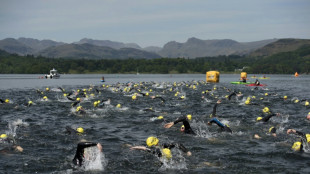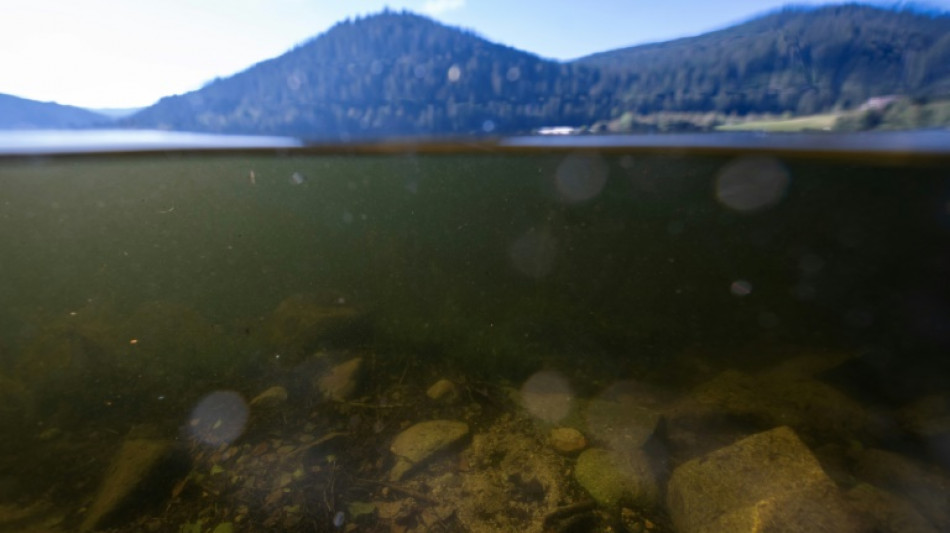
-
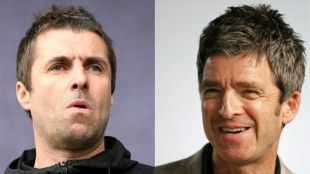 Oasis star Noel Gallagher piles praise on 'amazing' brother Liam
Oasis star Noel Gallagher piles praise on 'amazing' brother Liam
-
German minister says China's 'assertiveness' threatens European interests

-
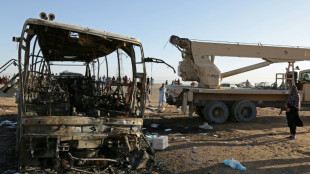 Afghanistan bus crash death toll rises to 78
Afghanistan bus crash death toll rises to 78
-
Historic Swedish church inches closer to new home
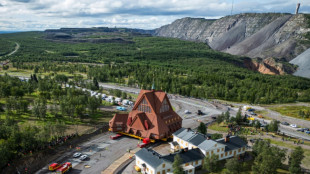
-
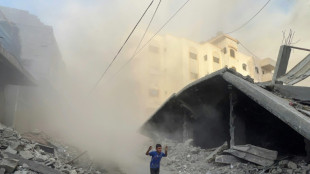 Israel defence minister approves plan to conquer Gaza City
Israel defence minister approves plan to conquer Gaza City
-
More than 20 dead in fresh Pakistan monsoon rains

-
 Brazilian goalkeeper Fabio claims world record for most games
Brazilian goalkeeper Fabio claims world record for most games
-
Vienna chosen to host Eurovision 2026

-
 Japan hosts African leaders for development conference
Japan hosts African leaders for development conference
-
Reclusive Turkmenistan bids to go tobacco-free in 2025

-
 From TikTok to frontrunner, inside Paz's presidential campaign in Bolivia
From TikTok to frontrunner, inside Paz's presidential campaign in Bolivia
-
Chinese mega-hit 'Ne Zha II' enlists Michelle Yeoh to woo US audiences

-
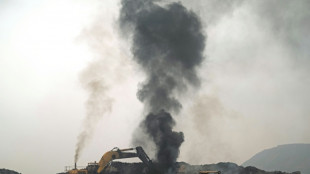 India celebrates clean energy milestone but coal still king
India celebrates clean energy milestone but coal still king
-
US demand for RVs fuels deforestation on Indonesia's Borneo: NGOs

-
 Kneecap rapper faces court on terror charge over Hezbollah flag
Kneecap rapper faces court on terror charge over Hezbollah flag
-
Dutch divers still haul up debris six years after container spill
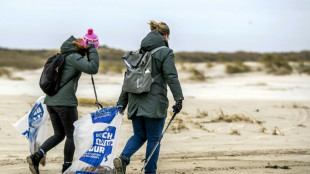
-
 Asian markets dip after US tech slide
Asian markets dip after US tech slide
-
NZ soldier sentenced to two years' detention for attempted espionage

-
 Time to Go: Japan pro board game player retires at 98
Time to Go: Japan pro board game player retires at 98
-
City girls snub traditional Hindu face tattoos in Pakistan

-
 Australia lashes Netanyahu over 'weak' leader outburst
Australia lashes Netanyahu over 'weak' leader outburst
-
Polar bear waltz: Fake Trump-Putin AI images shroud Ukraine peace effort

-
 Sounds serious: NYC noise pollution takes a toll
Sounds serious: NYC noise pollution takes a toll
-
Trump slams US museums for focus on 'how bad slavery was'

-
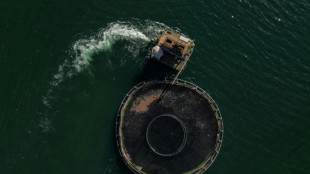 US agrees to talks with Brazilian WTO delegates on tariffs
US agrees to talks with Brazilian WTO delegates on tariffs
-
Israel-France row flares over Macron's move to recognise Palestinian state

-
 White House starts TikTok account as platform in US legal limbo
White House starts TikTok account as platform in US legal limbo
-
Syrian, Israeli diplomats met in Paris to discuss 'de-escalation': report

-
 Wanyonyi, the former cattle herder ready to eclipse Rudisha
Wanyonyi, the former cattle herder ready to eclipse Rudisha
-
Mbappe lifts Real Madrid past Osasuna in La Liga opener

-
 Venezuela says 66 children 'kidnapped' by the United States
Venezuela says 66 children 'kidnapped' by the United States
-
Brazil nixes red World Cup jersey amid political outcry

-
 Real Madrid scrape past Osasuna in La Liga opener
Real Madrid scrape past Osasuna in La Liga opener
-
McIlroy backs 'clean slate' season finale format change

-
 'Call of Duty', 'Black Myth' wow Gamescom trade show
'Call of Duty', 'Black Myth' wow Gamescom trade show
-
Isak says 'change' best for everyone after Newcastle trust broken

-
 Salah makes history with third PFA player of the year award
Salah makes history with third PFA player of the year award
-
Rabiot, Rowe put up for sale by Marseille after bust-up

-
 Weary Swiatek wins US Open mixed doubles opener
Weary Swiatek wins US Open mixed doubles opener
-
Miami fearing Messi blow ahead of Leagues Cup quarter-finals

-
 Trump rules out US troops but eyes air power in Ukraine deal
Trump rules out US troops but eyes air power in Ukraine deal
-
Trump course back on PGA schedule for 2026 season: tour

-
 Mexican boxer Chavez Jr. deported from US over alleged cartel ties
Mexican boxer Chavez Jr. deported from US over alleged cartel ties
-
Former Mali PM Choguel Kokalla Maiga charged with embezzlement, imprisoned

-
 Sinner withdraws from US Open mixed doubles draw
Sinner withdraws from US Open mixed doubles draw
-
Mexican drug lord Zambada to plead guilty in US court
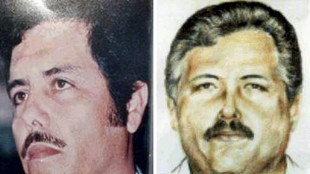
-
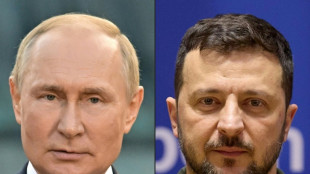 Russians welcome idea of Putin and Zelensky meeting
Russians welcome idea of Putin and Zelensky meeting
-
Spanish PM says 'difficult hours' left in wildfire fight
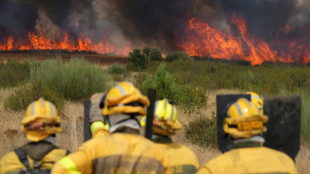
-
 Ex-owner of world's largest rhino farm arrested for trafficking
Ex-owner of world's largest rhino farm arrested for trafficking
-
South Africa ring changes after Australia defeat in Rugby Championship


French lake still riddled with bombs 80 years after World War II
The apparently pristine Gerardmer lake in the Vosges mountains of eastern France conceals a bleak legacy of 20th-century conflict -- dozens of tonnes of unexploded ordnance from the two world wars.
The lake 660 metres (2,170 feet) above sea level is a popular summer bathing spot and is sometimes also tapped for drinking water for the picturesque local town.
Gerardmer's mayor Stessy Speissmann-Mozas started asking questions about the water safety after the Odysseus 3.1 environmental group said samples taken from the lake showed high levels of TNT explosive, as well as metals like iron, titanium and lead.
The group said it found artillery shells in the mud at the bottom of the lake. Some were "gutted, allowing the explosive they contained to escape", Odysseus 3.1's founder Lionel Rard said in a documentary broadcast by the France 5 channel in May.
Samples sent to a German lab showed TNT levels among "the highest ever measured by that team", as well as metal concentrations above legal limits.
- 'Stick all this in the lake' -
The mayor has said the government should pay for a more detailled study of the risks from the munitions that were initially dumped in Gerardmer by the French army. As a theatre of multiple conflicts over the past century and more, France is particularly afflicted by unexploded ordnance.
Most dates back to the world wars but shells are still found from the Franco-Prussian war of 1870, noted Charlotte Nihart of Robin des Bois (Robin Hood), an association that has charted unexploded bombs across France.
Unexploded ordnance is involved in around 10 deaths nationwide every year.
During the wars, retreating armies would dump munitions in lakes to stop enemy forces getting them, Nihart said.
In Gerardmer, disposal drives started in 1977 after a man was burned by a phosphorous shell. They continued through to 1994, removing explosives up to 10 metres below the lake surface.
"They took out 120 tonnes of munitions, made up of almost 100,000 individual pieces of different types from 1914-18 and 1939-45," said Pierre Imbert, an assistant to the mayor and former local fire chief and diver.
Disposal teams brought each explosive to the surface, where they could remove the detonator.
"Then they went and blew it up at the end of the lake," Imbert recalled.
Photos he has kept from the disposal campaigns show everything from "handmade grenades from World War I, more recent things from World War II, and even a little axe".
Officials called a halt to the ordnance disposal due to the difficulty of working further from the shore and deeper under the mud of the lake bed, the regional authority told Robin des Bois.
The region estimated that around 70 tonnes remain at the bottom of Gerardmer.
"There's no way of evaluating the quantity of munitions still sunk in the mud" up to 30 metres below the surface, Imbert said.
- 'Decontaminate everything' -
Since 1945, some of the munitions have moved around in the lake currents.
The state should "decontaminate everything around the edge" of the lake, said Aurelie Mathieu, head of the Vosges region's AKM eco-tourism association.
But the regional authority is refusing to act on the sole basis of the Odysseus 3.1 analysis.
"Neither the ARS (regional health agency) nor Anses (national health and safety agency) were involved in this investigation and we have no details of the methods used to collect and analyse samples," it told AFP.
Samples were taken by state agencies in February and analysed by "several French and German labs", it added.
"Initial results confirmed the conclusions of previous campaigns -- no concerning levels were detected" in the lake water, the regional authority said.
"No health risk has been identified" either for drinking the water or for swimming in it, it added.
One company has put in a bid to map the ordnance still lying at the bottom of the lake.
It would cost "almost 300,000 euros ($334,000)", mayor Speissman-Mozas said.
He is interested in the offer, as long as the national government pays.
"It's the French army who put all these munitions here," he reasoned.
S.Leonhard--VB

